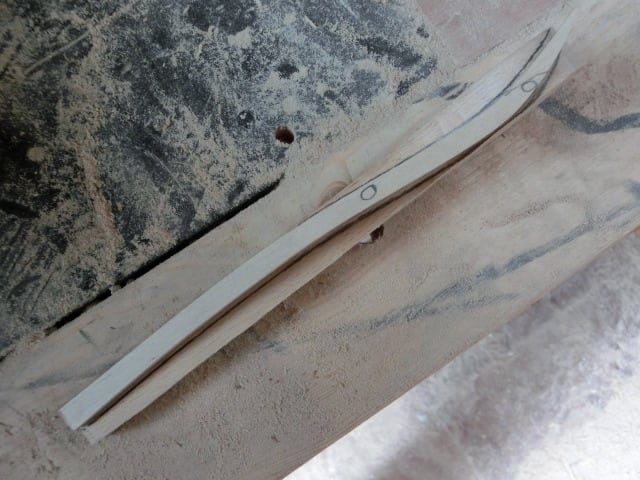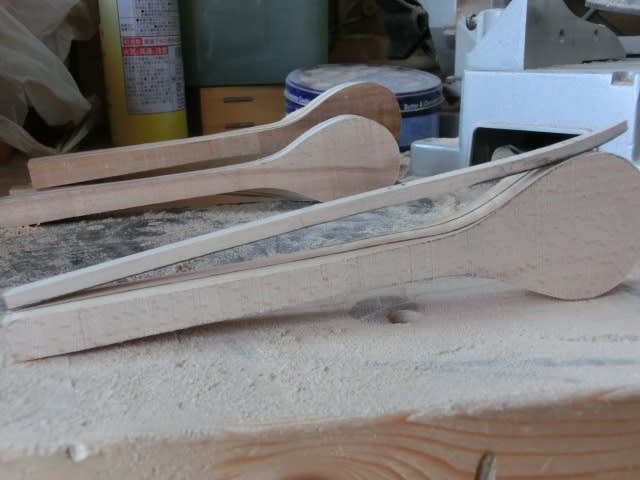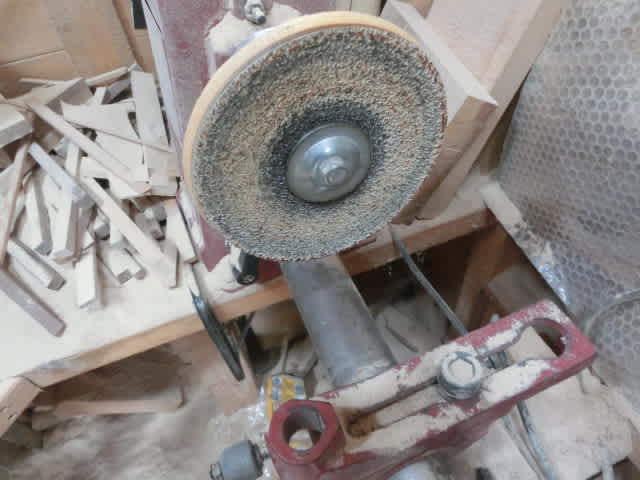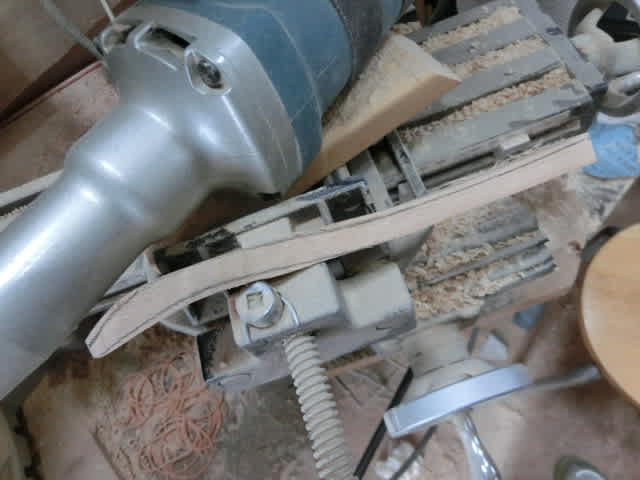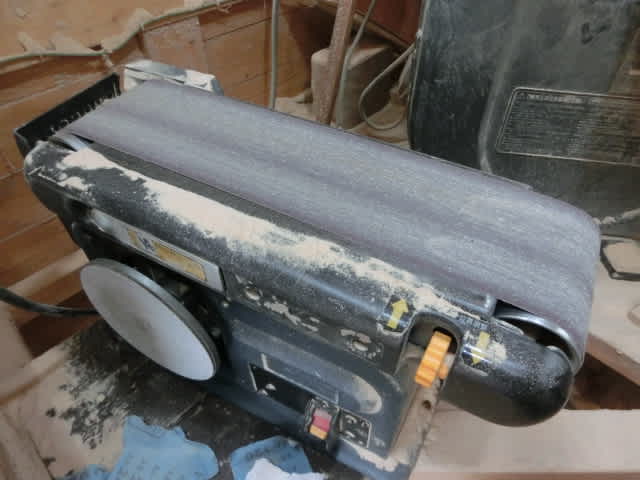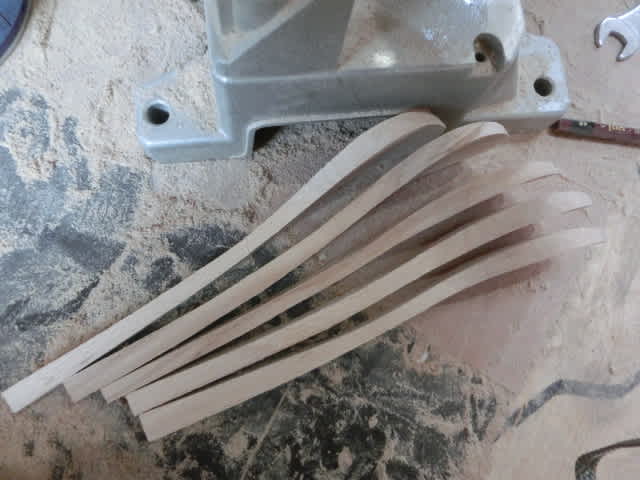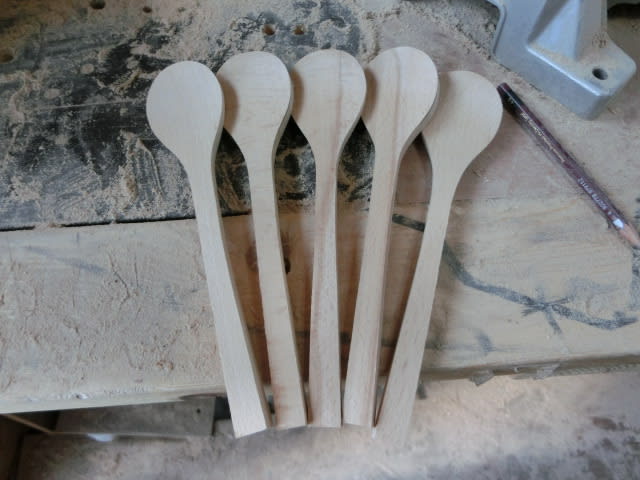only laws of thermodynamics assumed
European history, the Pacific
OK, let's get started. I do not even know quite how all this might develop. I am only guided by my gut-feelings.
Before considering planer examples let us look at the three dimensional case of galactic collisions. As far as I am aware all galactic collisions are peaceful, because the mean free path is so large.
By "mean free path" is meant the average distance a particle travels in a straight path before its course is deflected by the collision with another particle. In the case of galactic collisions the particles involved are obviously stars. And, the mean free path is almost equal to the size of the galaxies.
Although looking like a collision externally the volumes occupied by the colliding members are so empty and they are not aware that they are colliding. In fact, they just travel past one another. I should imagine that the same thing could happen in the two dimensional world.
Let us think about it with a rather simplistic model, of a flat plane of finite size. Let us imagine that there are two areas, initially separated by emptiness. Let us imagine also that these areas are both circular, with well physically separated and distinct centres.
In fact, these circular areas are there, as a result of spontaneous expansion from the centres (either fixed or moving), purely driven by the laws of thermodynamics.
Therefore, there is no possibility of spontaneous contraction.
As time goes by these circles keep expanding. And, eventually there will come a time when these two circles come into contact. In order to proceed any further with our thought experiments here we might as well introduce another concept into these circles. That way, it will be easier to visualize the dynamical behaviour of the contact events.
Each circle is therefore now filled with particles of the same kind, lots and lots of them and randomly placed within the circles.
So, in theory, we can now perhaps think in terms of population density, mean free path, population density gradients, and perhaps even mutually attractive force between particles of the same kind and repulsive force between particles of different kinds. Particles can be even coloured!
Anyway, remember that this is merely a thought experiment. Einstein made his own and yet did not get a Nobel prize. So, we can take it easy...
(I will be looking for some photos of contacts by brainless biological systems before proceeding any further...)
planaria, slugs
European history, the Pacific
OK, let's get started. I do not even know quite how all this might develop. I am only guided by my gut-feelings.
Before considering planer examples let us look at the three dimensional case of galactic collisions. As far as I am aware all galactic collisions are peaceful, because the mean free path is so large.
By "mean free path" is meant the average distance a particle travels in a straight path before its course is deflected by the collision with another particle. In the case of galactic collisions the particles involved are obviously stars. And, the mean free path is almost equal to the size of the galaxies.
Although looking like a collision externally the volumes occupied by the colliding members are so empty and they are not aware that they are colliding. In fact, they just travel past one another. I should imagine that the same thing could happen in the two dimensional world.
Let us think about it with a rather simplistic model, of a flat plane of finite size. Let us imagine that there are two areas, initially separated by emptiness. Let us imagine also that these areas are both circular, with well physically separated and distinct centres.
In fact, these circular areas are there, as a result of spontaneous expansion from the centres (either fixed or moving), purely driven by the laws of thermodynamics.
Therefore, there is no possibility of spontaneous contraction.
As time goes by these circles keep expanding. And, eventually there will come a time when these two circles come into contact. In order to proceed any further with our thought experiments here we might as well introduce another concept into these circles. That way, it will be easier to visualize the dynamical behaviour of the contact events.
Each circle is therefore now filled with particles of the same kind, lots and lots of them and randomly placed within the circles.
So, in theory, we can now perhaps think in terms of population density, mean free path, population density gradients, and perhaps even mutually attractive force between particles of the same kind and repulsive force between particles of different kinds. Particles can be even coloured!
Anyway, remember that this is merely a thought experiment. Einstein made his own and yet did not get a Nobel prize. So, we can take it easy...
(I will be looking for some photos of contacts by brainless biological systems before proceeding any further...)
planaria, slugs










